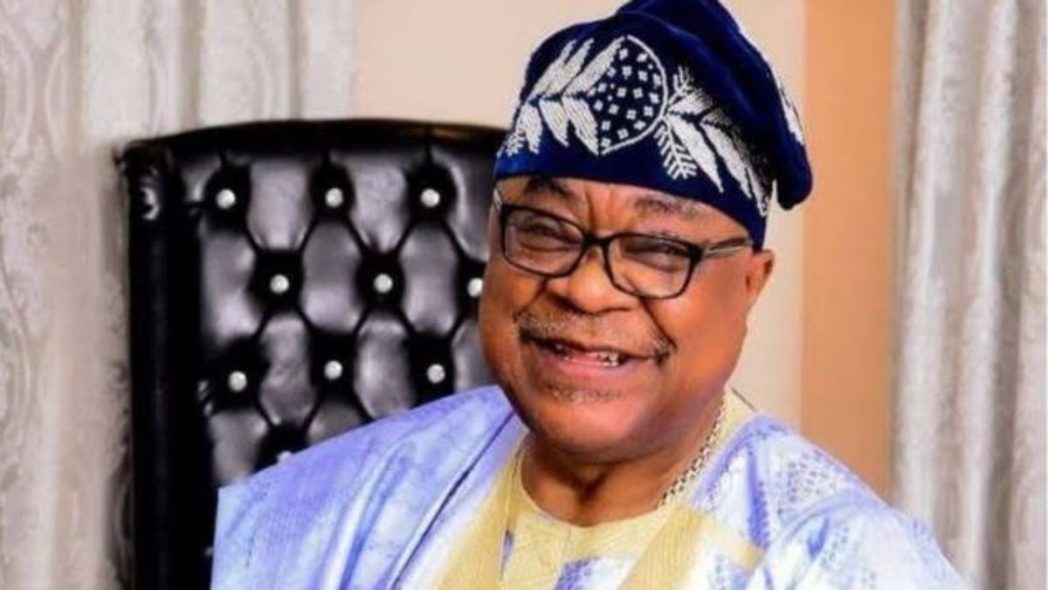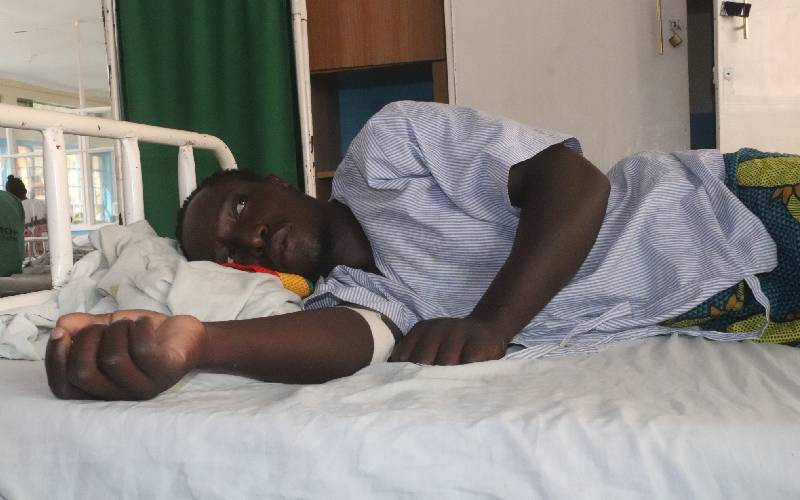A Music Journalist's Take on How Far Indian Music Has Come
As global moments stack up and indie voices rise louder than ever, the Indian music scene is experiencing a quietly powerful breakthrough
Hanumankind and Maxo Kream perform at the Mojave Tent during the 2025 Coachella Valley Music and Arts Festival (Arturo Holmes/Getty Images for Coachella)
There are a few moments you don’t forget as a music journalist. The thud of a bassline rolling across a festival field just before the headliner walks on. The mic check at a grimy basement gig where only 12 people have shown up—but every one of them knows the lyrics. The silence of a studio at 3 a.m., broken by a singer capturing a verse that wasn’t even in the demo. But the one sound I keep coming back to—especially on World Music Day—is the sound of India figuring itself out. The sound of an industry searching for its identity and slowly, steadily, building one.
I’ve spent the last few years writing about music in this country. From front-row festival coverage to last-minute greenroom interviews, from artist profiles to behind-the-scenes pieces, the industry has evolved. And if there’s one thing I’ve learned, it’s that Indian music is never just about the music; it’s about access, voice, visibility, pride, and possibility.
There was a time when it felt like this industry wasn’t quite sure where it was headed. Most of the focus was on Bollywood. Regional artists had to fight for visibility, independent acts had to self-fund, self-produce, and self-market—often with zero support. There were no systems in place. No roadmap. Just raw talent and pure grit. And yet, here we are now.
This year alone has been packed with moments that would’ve seemed unthinkable a decade ago. Bengaluru-based rapper Hanumankind brought fire to Coachella’s stage, making history as one of the few Indian independent hip-hop artists to perform at the iconic festival. Not long before that, Diljit Dosanjh, who had already made waves at Coachella in 2023, walked the red carpet at the Met Gala, carrying the weight of tradition and stardom in equal measure. That wasn’t just a pop culture win. It was a message: we belong here.
Closer to home, Coldplay finally brought their Music of the Spheres tour to India, and what struck me most wasn’t just the scale—it was that Indian artists like Jasleen Royal were opening for one of the biggest bands in the world, in front of thousands.
At the same time, independent artists have been making quiet, powerful strides. Instrumentalist Rishab Rikhiram Sharma has been packing venues around the country with his Sitar for Mental Health Tour, international festivals such as Lollapalooza and Rolling Loud are being hosted in the country; independent artists like Chaar Diwari and tricksingh have pushed visual boundaries with some of the most striking, cinematic music videos we’ve seen this year; and the last edition of Spotify’s Rap 91 showcase brought together some of the most exciting names in Indian hip-hop—Dhanji, Baby Jean, MC Couper, The Siege, —each representing a different corner of the country.
You can open Spotify today and find an Assamese alt-rock band next to a Mumbai drill rapper. You can attend a festival in Goa or Meghalaya and hear sets that mix Manipuri folk with UK garage. You can scroll through Instagram and stumble across a Carnatic reinterpretation of a Western pop track, and then immediately swipe into a Hindi lo-fi heartbreak anthem made in someone’s bedroom.
Our musical landscape has expanded, and it’s because the people who make up this industry refused to stay in a box.
What excites me the most is that the stories I get to tell now aren’t just about the grind. They’re about growth. Artists are thinking long-term, and producers are getting the spotlight they deserve. Managers are building entire brands from scratch. And fans? They’re more invested than ever before—buying tickets, showing up, building fandoms, and educating themselves about the process behind the music.
In fact, we’re also witnessing a shift in attitude. This isn’t an industry waiting to be “discovered” anymore. It’s not about asking for a seat at the table—it’s about building new tables altogether. We’re no longer chasing global approval. We’re defining what global means on our terms.
Of course, we still have a long way to go. The royalty systems are still flawed, and gender representation on stage and behind the scenes still needs work. Regional languages still don’t get equal visibility across all platforms, and mental health remains a concern, especially in a business that never switches off. And yet, we are acknowledging these things. We are trying. And we are learning.
As someone who documents these shifts, I often ask myself: What story are we telling the world about Indian music? The answer is changing every day.
It’s no longer just a story of struggle; it’s a story of strategy, community, and comeback. It’s a story of young kids in small towns making beats that go viral globally. Of legacy artists embracing change. Of collectives rising in place of old-school hierarchies. Of a scene that’s no longer waiting for validation, because it’s too busy building its own.
So, if you’re in the music industry—whether you’re an artist, an executive, a tour manager, or someone working overtime behind the scenes—I hope you take a moment today to reflect on how far we’ve come and how much further we can go if we keep this momentum alive.
Happy World Music Day!











